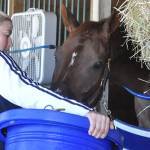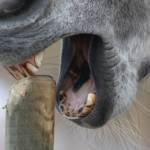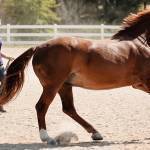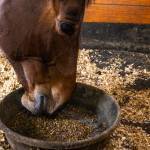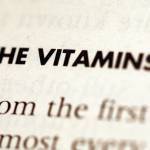Nutrition
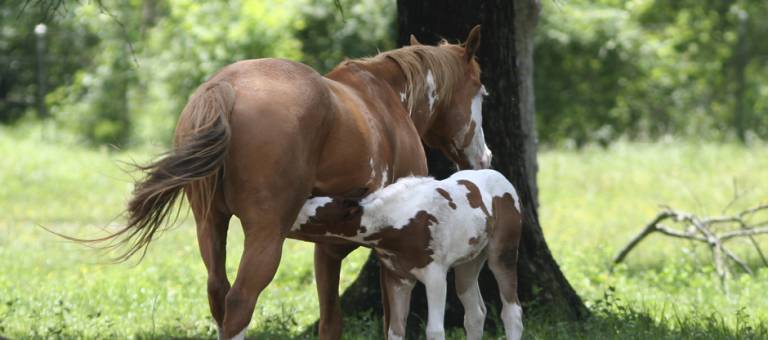
May 29, 2014
Register for Free Downloadable Guide: Nutritional Management of Horses on a Breeding Farm
Selecting the right type and amount of forage and grain for each horse at a breeding farm is a complex task.
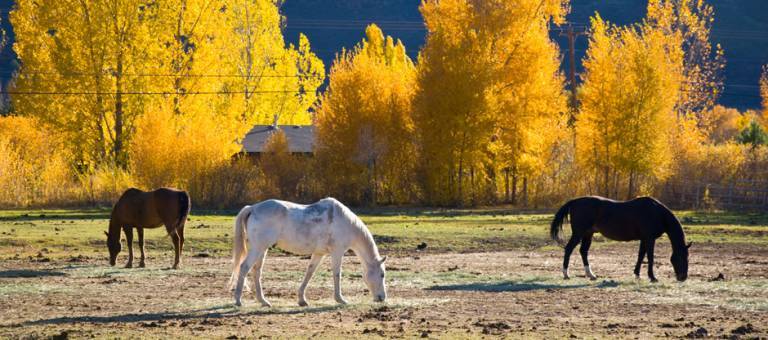
May 27, 2014
Sand for Horses: The Bad and the Good
Sand particles cling to the roots and stems of ingested plants, and this heavy, indigestible material can accumulate in
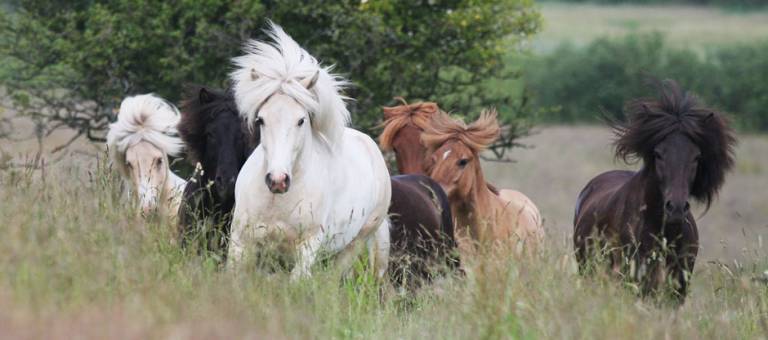
May 23, 2014
Partitioning Digestion in Horses and Ponies
The only certain way to partition digestion between different parts of the digestive tract is to introduce a tube,
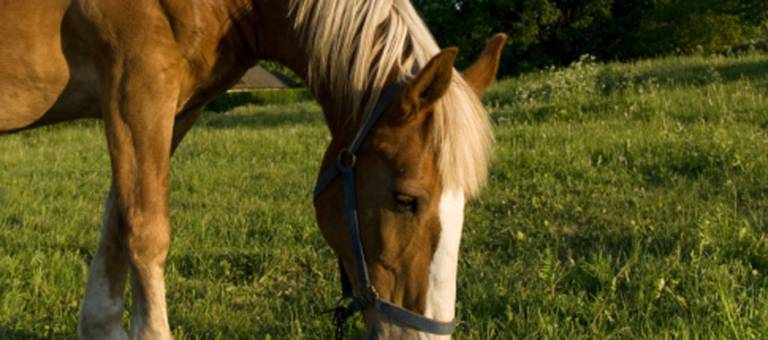
May 22, 2014
Grazing Horses Have Adequate Intake of Most Microminerals
Forage plants derive mineral content from the soil in which they grow. For the most part, horses that have
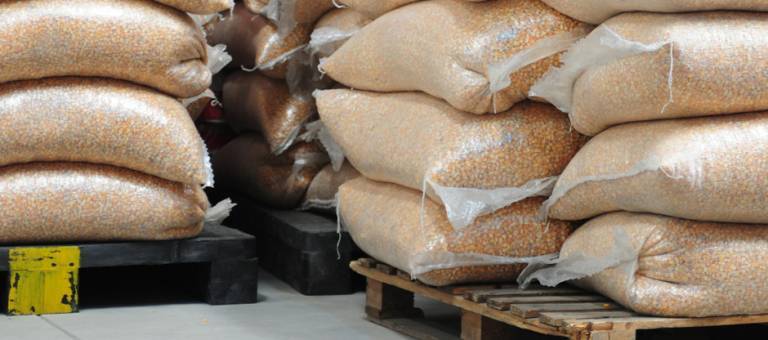
May 20, 2014
What’s On Your Horse Feed Bag and Tag?
Text and tags on horse feed bags are designed to give potential purchasers information that will help them select
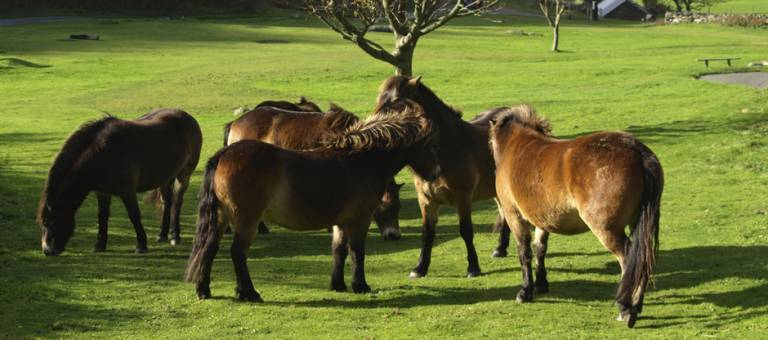
May 19, 2014
Guard Horses Against Dangers of Fresh Grass
After a long hard winter, every horse owner is happy to see the fields turn green as pasture forage
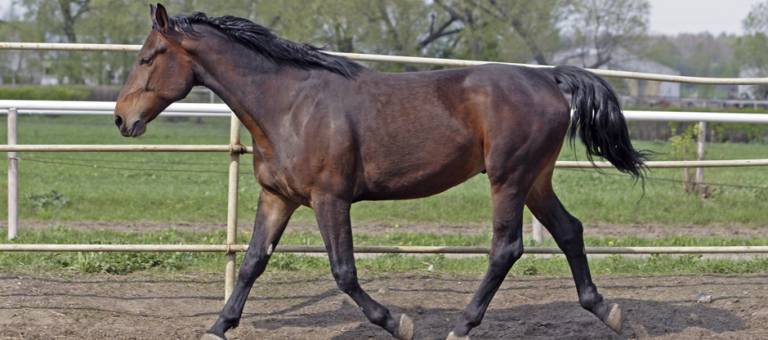
May 18, 2014
Gastrointestinal Tract Basics: The Horse’s Hindgut
The horse is a hindgut fermenter, meaning that the large intestine is the site of fermentation of ingested fiber.
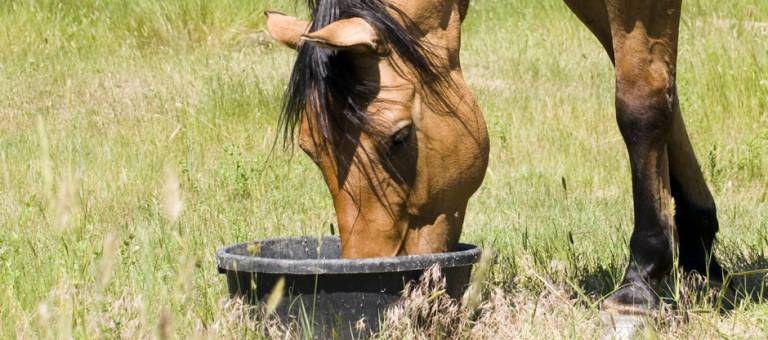
May 14, 2014
Anemia in Horses: Supplemental Iron Not a Cure
Iron is the trace mineral most often associated with exercise, and many race trainers use some type of iron
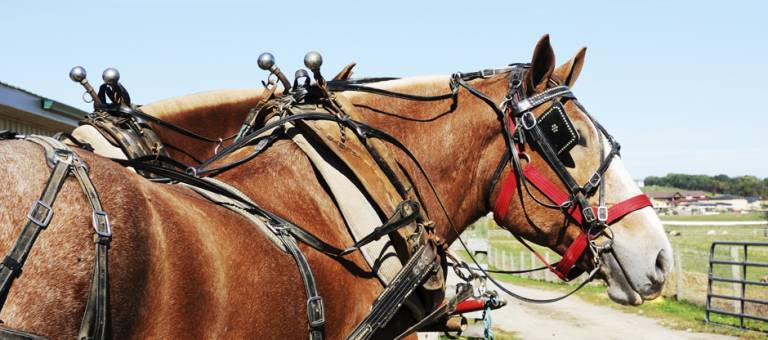
May 13, 2014
Some Things Never Change: Equine Exercise and Feed Management Advice from 1920
Though many aspects of equine care have been revised in the last hundred years, some of the basic principles
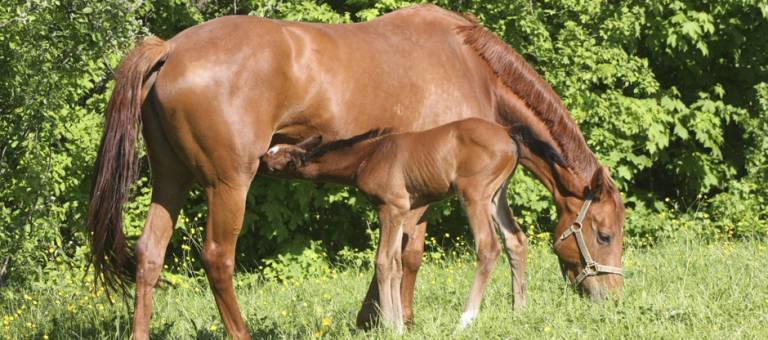
May 08, 2014
Broodmare Trace Mineral Levels Affect Colostrum Quality
Nutrition of the mare during pregnancy and the young foal in the month after birth are also critical to proper development

